The day you find out you or your partner is pregnant is one of the true joys in life. It can also be a time of great stress, especially for first-time moms. There are new health and nutrition issues to think about, not to mention big changes to your body and your lifestyle.
Fortunately, the Food Bank is here to help! This year our Nutrition Education Team launched its first-ever Healthy Moms, Healthy Babies Program. It’s aimed at helping new mothers and their children be healthy and well nourished. We are pleased to share the important nutrition tips that they are teaching moms.
When assembling a menu, pregnant women should look for “The Mighty Four”:
- Protein: found in lean meats, poultry and eggs, beans, seeds, nuts and nut butters, and tofu. Protein gives moms and babies the power to grow muscles and tissue, essential parts of a baby’s development
- Calcium: found in dairy, dark leafy greens, fish, and fortified cereals and beverages. Calcium keeps teeth and bones strong. If mothers do not get enough calcium during pregnancy, the developing baby uses calcium from the mother, making her bones weaker, which can lead to osteoporosis.
- Iron: found in dark leafy greens like spinach and kale, beans, and lean red meats. Iron helps create red blood cells, which are essential during pregnancy due to increased blood volume.
- Folic Acid: found in beans and legumes, dark greens, citrus, and nuts. Folic Acid is important for neural tube development, which later becomes the baby’s spinal cord.
“Good nutrition is essential during pregnancy, especially in the very first months,” said Nalleli Martinez, Senior Nutrition Education Coordinator for the Food Bank. “Our hope is to provide tips and resources that will help moms and caregivers more easily make healthy food choices during and after pregnancy.”
Want nutrition tips for the whole family (whether you are expecting or not)? Sign up for our monthly newsletter here.


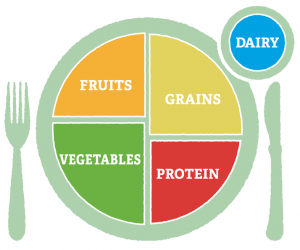
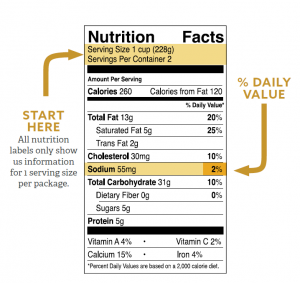
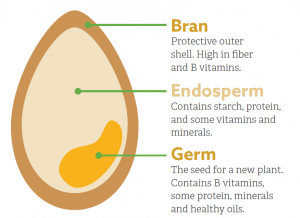
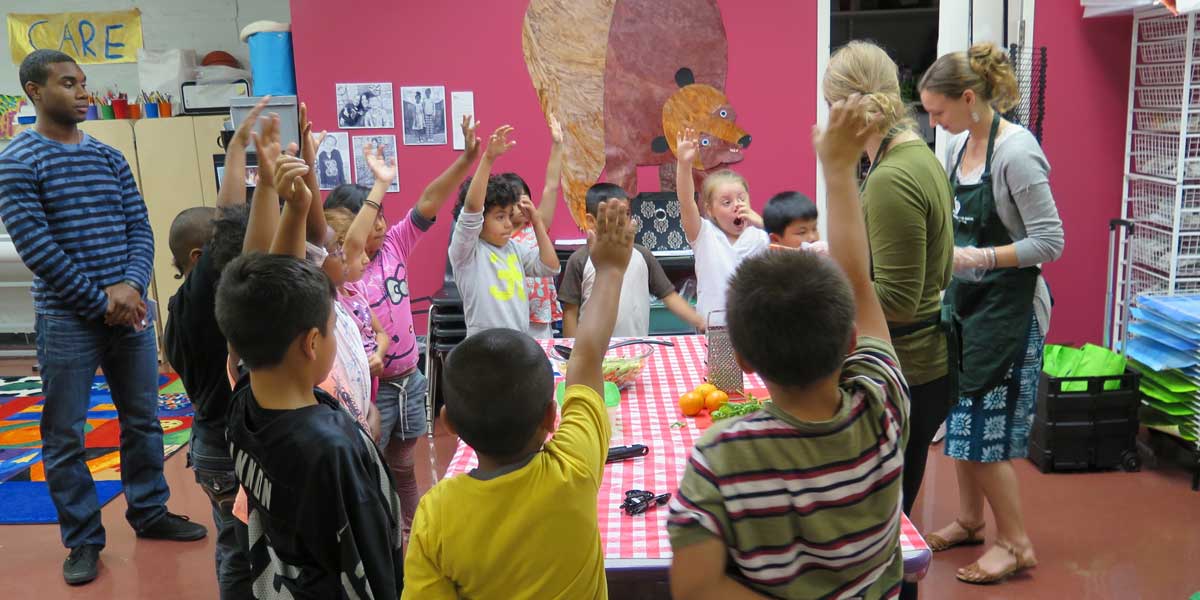 After learning about all the great things fruits and vegetables can do for their health, the students then help to cook the rainbow! Crunchy cabbage, carrots, snap peas, bell peppers, chicken and a homemade salad dressing are combined to make a Zesty Asian Chicken Salad.
After learning about all the great things fruits and vegetables can do for their health, the students then help to cook the rainbow! Crunchy cabbage, carrots, snap peas, bell peppers, chicken and a homemade salad dressing are combined to make a Zesty Asian Chicken Salad.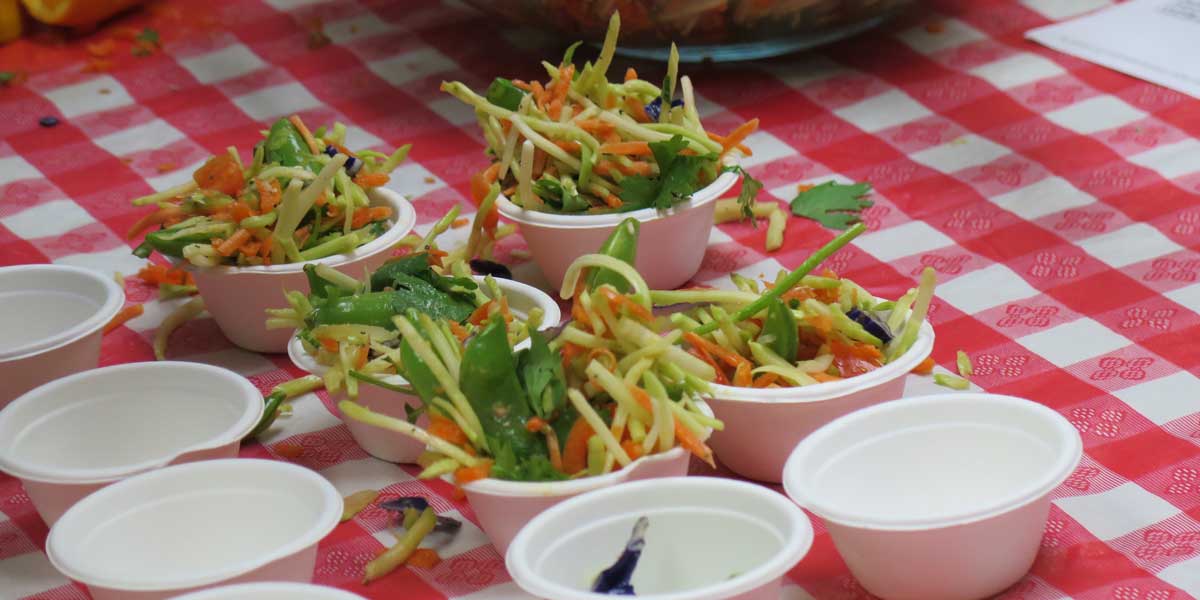
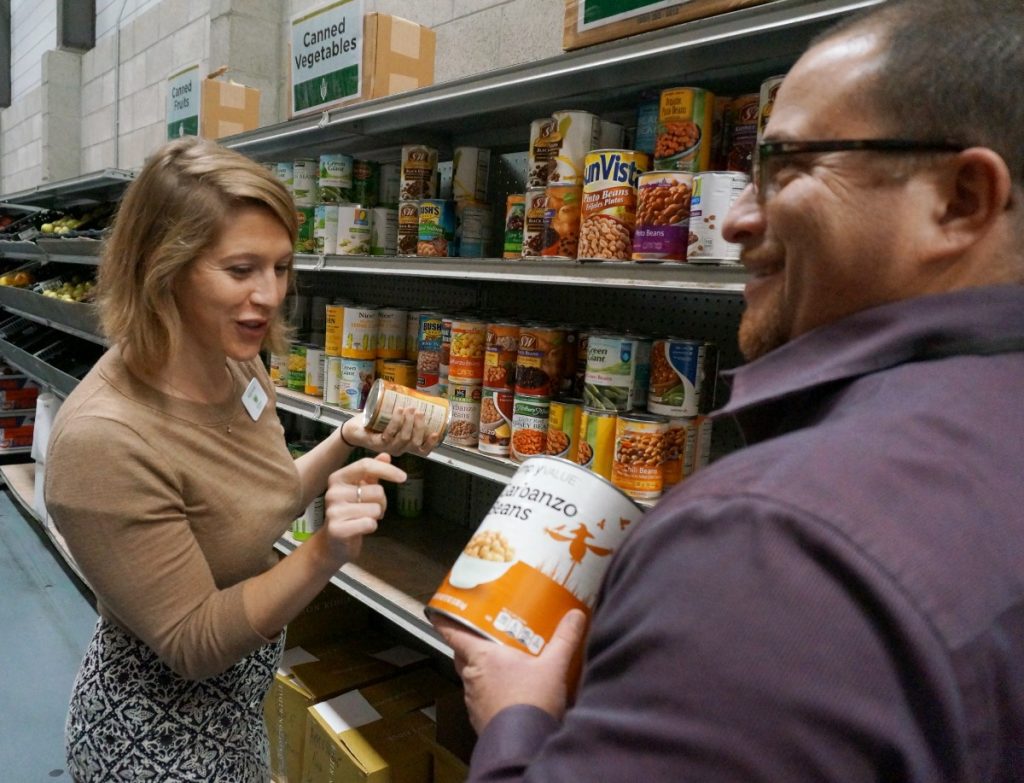
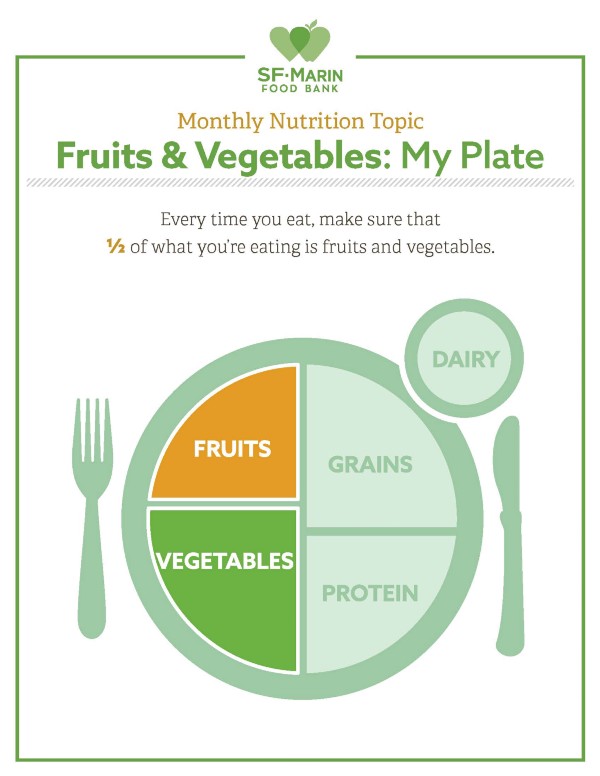
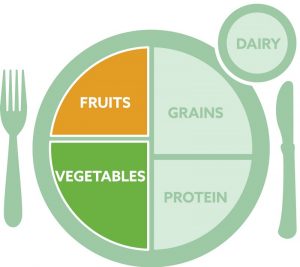

Share